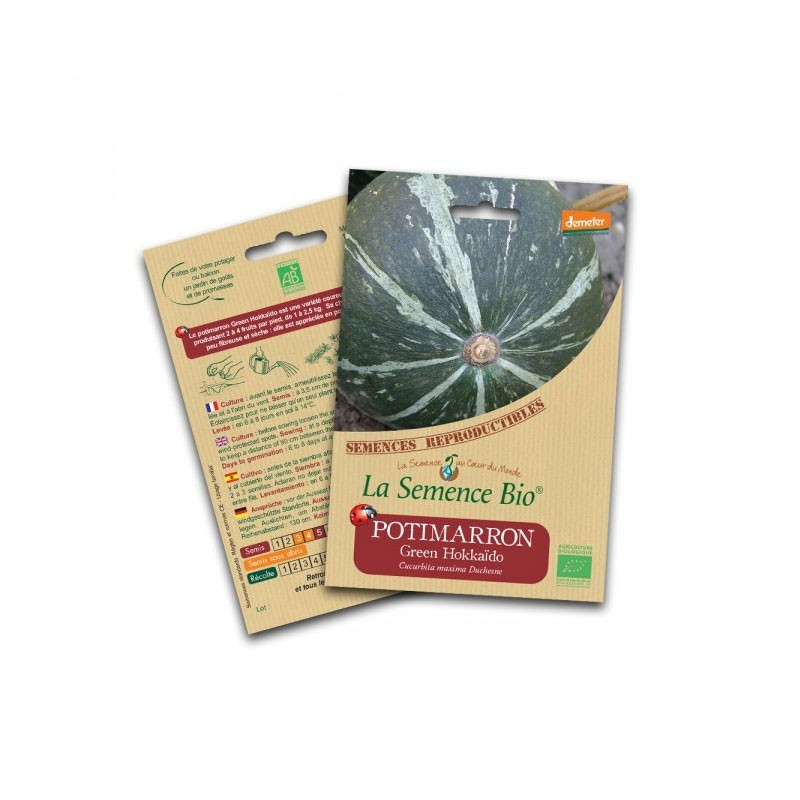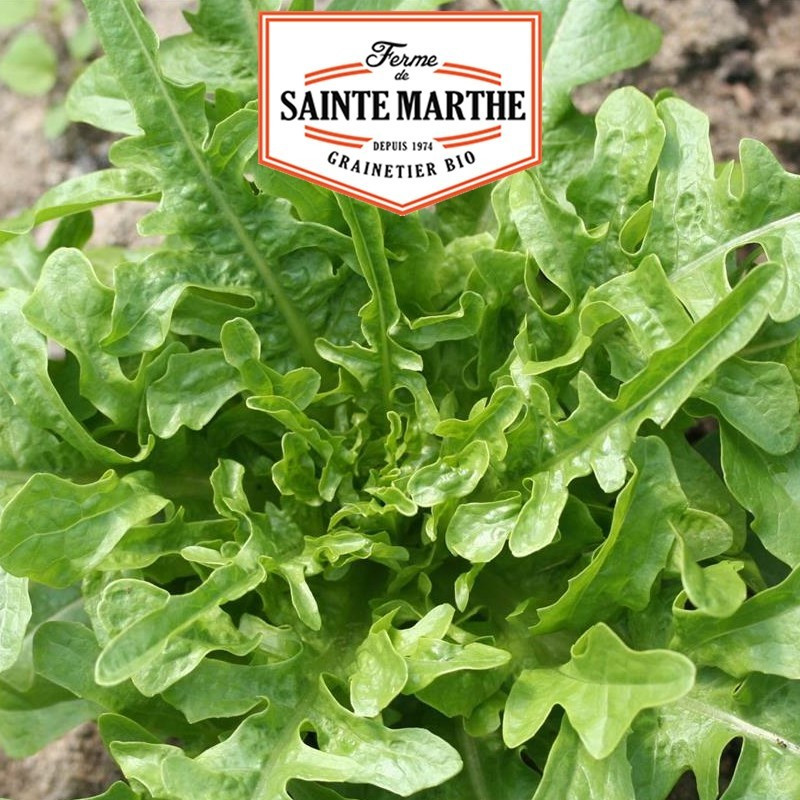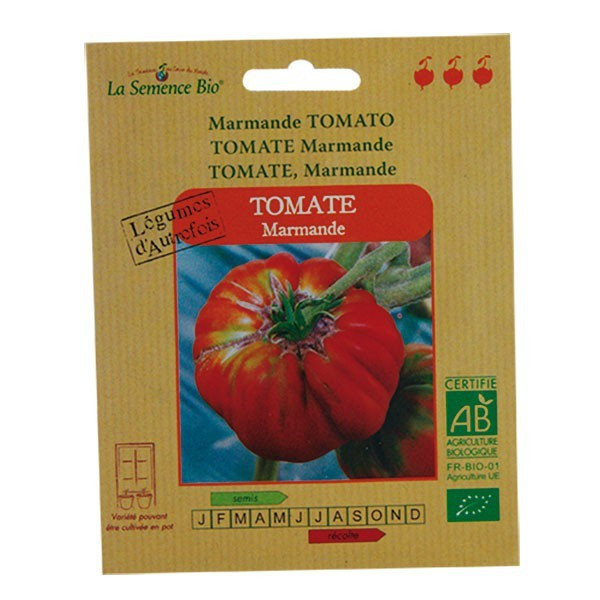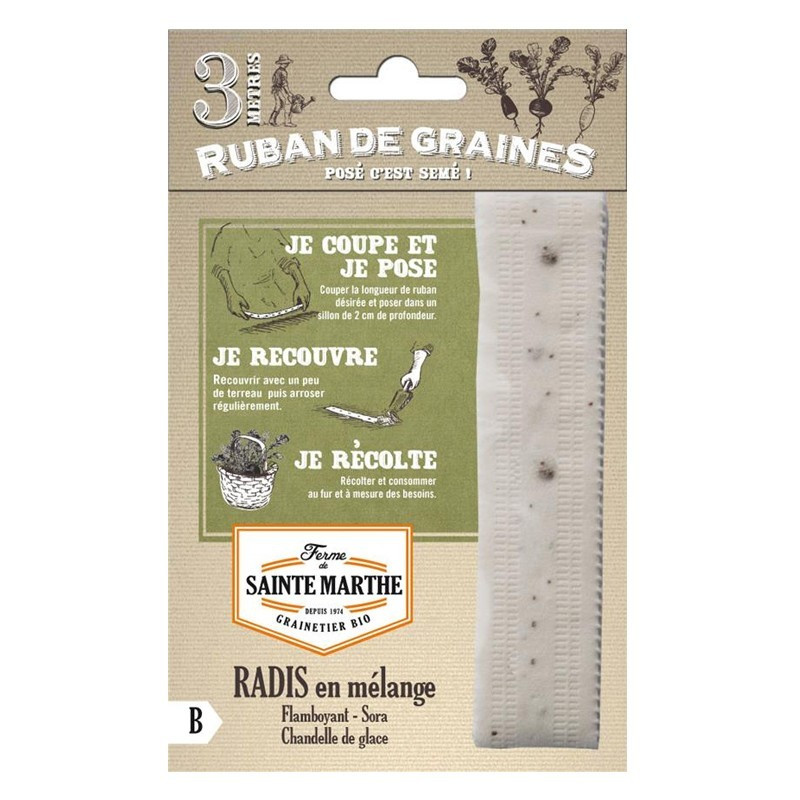
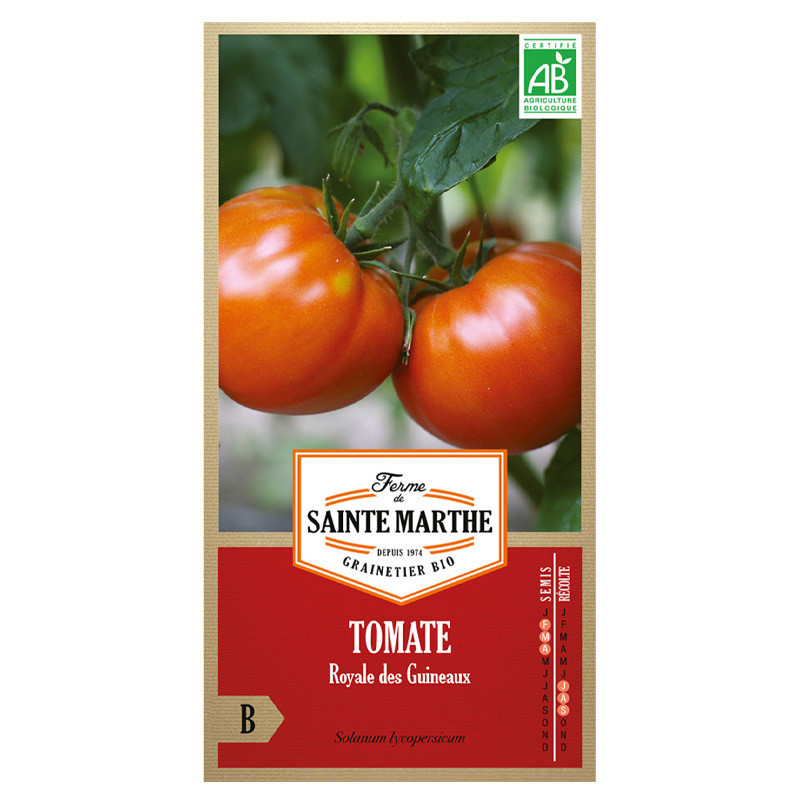


Tomate Royale des Guineaux - 50 seeds - AB - La ferme Sainte Marthe
Indoor Discount offers you quality seeds, carefully selected to guarantee rapid germination and vigorous plants
Data sheet
-
TypeSeeds
Get quality results with our selection of seeds!
Royale des Guineaux" tomato seeds enable you to cultivate a specific variety of tomato, originally from West Africa, which has been used for centuriescisit is particularly popular in the Benin region. This tomato is known for its rich flavor and adaptability to a variety of growing conditions.
The "Royale des Guineaux" tomato produces medium to large fruits, generally round or slightly flattened, and intensely red in color when ripe. These tomatoes are prized for their juicy flesh and sweet taste, making them ideal for eating fresh in salads, sandwiches or simply sliced with a little salt and pepper.To grow "Royale des Guineaux" tomatoes successfully, we recommend sowing the seeds in well-drained soil rich in organic matter, in a sunny spot in the garden or in containers on a balcony or terrace. Tomato plants require regular watering to keep the soil moist, especially during hot, dry spells.
It's also important to support tomato plants as they grow, using stakes or cages to prevent fruit dragging on the ground and rotting. Royale des Guineaux" tomatoes can be harvested once they have reached full maturity, generally when they are uniformly red in color and easily detach from the vine.
Organically grown (AB)
Good to know:
Sowing: February / April
Harvest: June / SeptemberIn a variety of shapes and colors, they bring curiosity to your vegetable garden. Their fragrance and flavor will help you rediscover the pleasure of authentic taste. The Royale des Guineaux tomato, a productive, early, disease-resistant variety, produces fruits weighing 150 to 200 g with firm, juicy flesh, ideal for salads, juices and tarts.
To sow the Royale des Guineaux tomato, start from February to April in pots or on a warm bed (20°C) indoors or in a heated greenhouse, using a fine sowing mix. The seeds should be buried to 1 cm and covered with potting soil. Keep the potting soil moist but not soggy by watering with a sprayer, and place the cups near a window to prevent the seedlings from stretching out in search of light. Transplant when frosts are no longer a concern, when plants reach 12-15 cm. Make sure the soil is rich, loose and healthy, with 70 cm between rows and 50 cm on the sunny side. Put stakes in place before planting and water abundantly at the base once a week to prevent disease.
Opinions differ on how to remove suckers. Some gardeners recommend this practice to increase fruit size and earliness, and facilitate harvesting, although it requires time and discernment. Removing suckers can cause wounds on the plants, requiring a dusting of maerl or a green clay slurry to help healing. Other gardeners prefer not to prune at all, allowing the plants to develop fully, which requires more space (1 m between each plant) but produces more, albeit smaller, fruit. Alternatively, plants can be trained on two strands, pinching the base 20 cm from the ground and keeping the two lateral strands formed, while removing all suckers.
Tomatoes can be harvested 4-5 months after sowing. The tomato's main enemies are downy mildew and black-bottom necrosis. Downy mildew, which manifests itself as leaf spots, can be prevented by protecting the plants and using Bordeaux mixture. Blossom end necrosis, caused by too low a calcium content in the soil or irregular watering, can be prevented by watering regularly and abundantly once a week.
Information:
- Height: 180 to 220 cm
- Color: Red
- Life cycle: Annual
- Type: Reproducible seeds
- Plant habit: Indeterminate
- Soil: All types of soil
- Germination temperature: 20 to 25 °C
- Sowing depth: Equal to seed size
- Sowing technique: In pots
- Sowing container: Cup
- Watering frequency: Moderate / Daily
- Exposure: Sun
- Foliage: Deciduous
- Hardiness: Frosty
- Planting: In the ground
- Spacing: 70 cm
- Seed emergence: 7 to 10 days-
-
TypeSeeds
-
Trier ses déchetsNos emballages et/ou nos produits peuvent faire l’objet d’une consigne de tri. Plus d’info.
-

